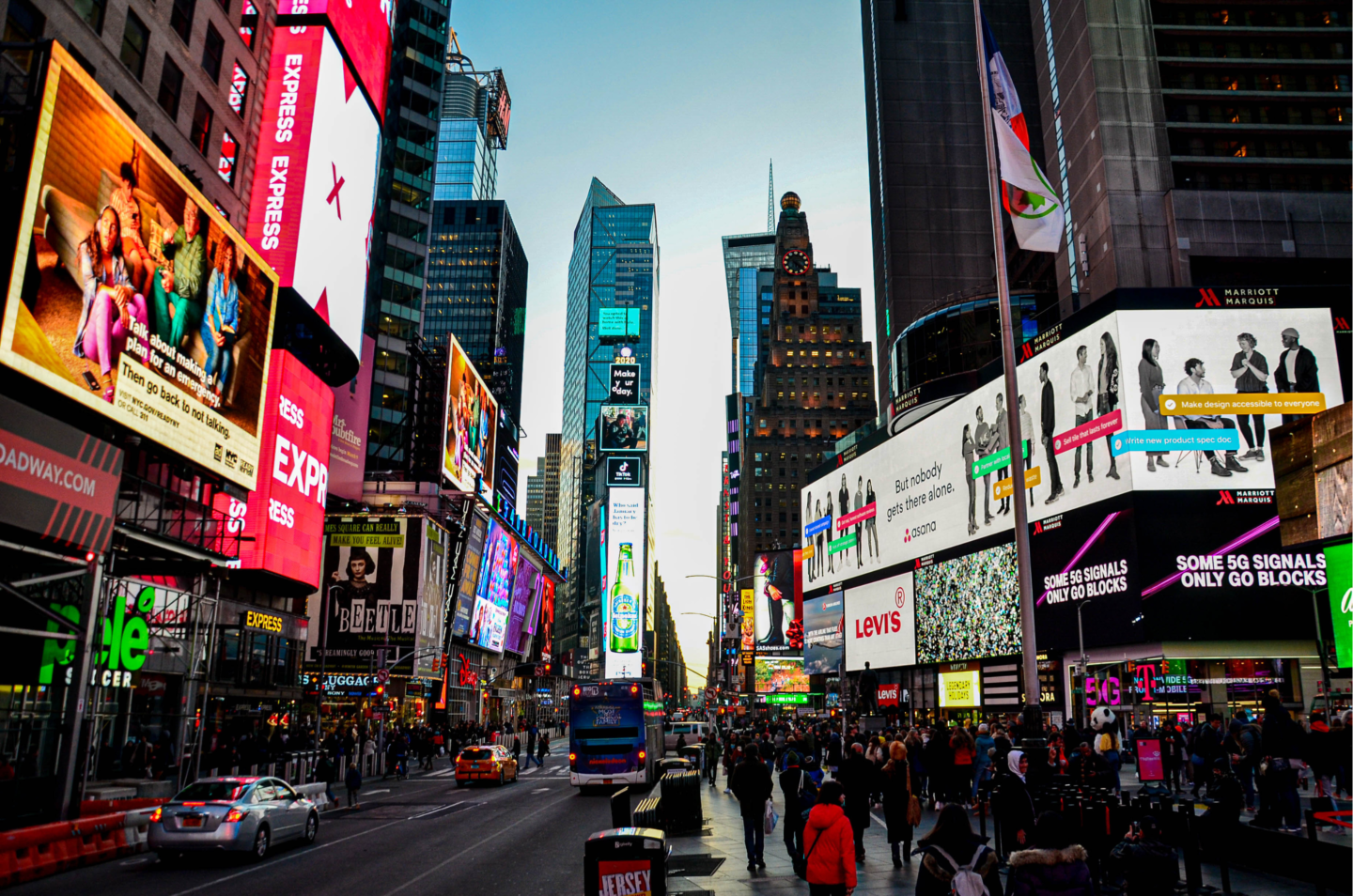While the 2023 school year may be wrapping up for many, the 2024 back-to-school season is just around the corner — blink, and you might miss it. To find and secure the best deals for school supplies, many shoppers often plan ahead, purchasing items all through the summer leading into the fall. Savvy brands and advertisers know that there’s no better time to plan their back-to-school media strategy than during the late spring and early summer, ensuring they reach their target audiences with the most relevant ads when they’re most likely to shop. And, by planning their media strategies early, advertisers can cut through the noise and beat out the competition.
To make the most of their media dollars, advertisers must understand who their back-to-school shoppers are, what’s top of mind for them, and how to reach them.
Primary back-to-school (BTS) shoppers
Parents:
Once school is out, parents have what seems like a never-ending list of supplies to prepare for the upcoming year. And due to the rising costs of inflation, their budgets have also increased with the average spend totaling $661 per child in BTS spending. Most parents often plan their spending in advance, shopping at major retailers such as Walmart, Target, The Dollar Tree, Dollar General, and Walgreens. Clothing and accessories are a top driver for parents, with overall spending around double that of shoes and school supplies.
College Students:
While most parents might plan their purchases in advance and search for the best deals to make the most of every dollar, college students tend to spend last minute. According to the NRF, 28% of college students do their back-to-school shopping two weeks before their semester starts. And what’s on that shopping list?
Essentials, of course.
The NRF reports that back-to-college shoppers are purchasing dorm and apartment furniture, shoes, and electronics as about 59% of them prepare to leave home. Not-so-essential items on their lists? Accessories for their electronics, fitness trackers, or watches.
Teachers
The average teacher in the US makes $66,397 a year and spends an average of $820, or approximately 1% of their salary, on school supplies throughout the school year. And while back-to-school purchases may only account for a small portion of their salaries, teacher salaries have not been adjusted to keep up with inflation in ten years. When adjusted for inflation, however, teachers make $3,644 less than they did a decade ago.
Why does this matter? It’s likely that teachers will apply a shrewd approach to back-to-school shopping this year by comparing prices and purchasing their usual essentials — books, cleaning supplies, snacks, and consumables — well in advance of incoming students to maximize their spending power.
What is driving back-to-school spending behavior?
Inflation
From 2021 to 2022, the cost of school supplies rose an average of 10%. Price is still top of mind heading into the upcoming school year.
For the 2022-2023 school season, 77% of shoppers planned to purchase a different brand based on better pricing and inventory options, which falls in line with consumers wanting the best price and the product or service as quickly as possible. Inflation and supply chain issues have altered consumer brand loyalty, driving them to do more research during their purchase journeys, compare prices against different retailers or apps, pay closer attention to sales, or search for items earlier than needed to capitalize on lower prices.
Concerns of mental and physical health
While most school systems are back in person, the pandemic has certainly changed perceptions of health and well-being. Fifty percent of parents are more concerned about their child’s mental health. College students are also prioritizing their mental health, seeking out on-campus or external resources, practicing self-care, and managing their schedules. Teachers are increasingly bringing mindfulness to the classroom, helping students reduce stress and stay engaged in the classroom.
Decrease in online learning /spend on electronics
After an increase in technology spending to enhance online learning in 2021, many parents took a step back in 2022. While in 2021, 72% of parents planned to spend on virtual or online learning only 62% did so for the 2022 to 2023 school year. As the education system continues to go digital, schools are providing more technological resources as it becomes essential for classroom learning.
A+ Recommendations to reach Back-to-School shoppers
Here are a few recommendations to help lead consumers down the purchase funnel throughout the summer.
1. Start early
Now is the time to dive deep into your audience to understand their buying behaviors, preferences, values, and needs for the upcoming school year. Most consumers often complete their back-to-school lists by mid-late July. Wondering how you can keep your brand top of mind? Many shoppers browse social media to find products; creating engaging content on social media that reaches them across all their devices — particularly mobile — can help keep your brand top of mind. BTS shoppers also compare products before purchasing, making dynamic campaigns essential in reaching consumers at different stages of their buying journeys.
In terms of campaign considerations, advertisers may want to create custom segments, so allocating time for the creation will allow for a timely campaign launch. Advertisers can also consider additional measurement partners to track foot traffic or a sales lift study to see how their campaign performed outside the standard online metrics.
2. Split your content between motivations and inspirations
In your campaigns, the content can focus on the reason kids are going to school or inspiration for what they do and how they look when they get there (Oracle URL Analysis, Back to School URLs, 2022-23). Lets use a pen brand as an example. For motivation, the brand may focus their messaging around getting into college or landing your dream job. For inspiration, the brand could highlight an individual becoming a writer or showing their creativity. Targeting and creative decisions can split along these lines as well to maximize campaign relevance.
Consider A/B testing in your campaigns to see what resonates, including messaging, audience, and platforms.
3. Think Omnichannel
It is still essential for advertisers to take an omnichannel approach to BTS shopping as consumers shop in store, on desktops, and other devices. Considering that 65% of consumers shop on smartphones, an increase of 8% between 2021 to 2022, and 35% of consumers use social media for back-to-school shopping, it behooves advertisers to take an omnichannel approach to reach and engage consumers across multiple devices and channels throughout their shopper journey.
Advertisers can tap into channels like digital out-of-home (DOOH) ads to reach shoppers when they are on the go, keep their brand top of mind while they shop in stores, on their morning commute, and more. Additionally, connected TV and over-the-top can serve as a powerful compliment to your in-app or open web campaigns by reaching consumers while they watch their favorite shows, creating awareness and consideration. While these are just two examples, tying in your strategy across channels creates a cohesive experience for back-to-school shopping, and advertisers can simultaneously obtain a holistic view of how their campaigns are performing.
4. Deliver value in your offerings
While there are many tactical approaches in developing your BTS strategy, it’s crucial to provide value in your campaigns by delivering timely, thoughtful advertisements. Consider the following questions for your next BTS campaign:
- Are you reaching consumers on their preferred channels?
- Are you delivering ads that match where your target audience is in their buying journey?
BTS shoppers are price-conscious, so they may be more inclined to purchase during a sale or through a rewards program. For more expensive items like electronics, advertisers must demonstrate the longevity of their product and how it can improve the educational experience for students.
Want to learn more about back-to-school advertising opportunities? Contact us today.










